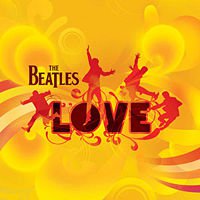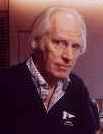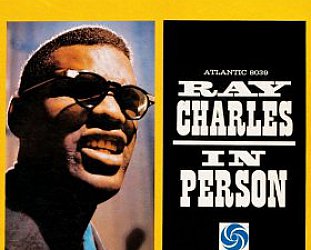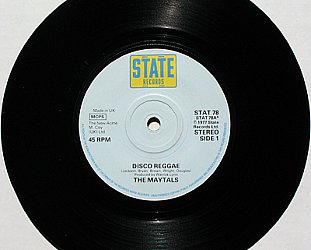Graham Reid | | 3 min read

The Beatles are back, and in this collage of classic sounds sounding more trippy than even during the Summer of Love. Beatles’ music has always been reinterpreted. Even in the mid 60s when Lennon/McCartney were churning out chirpy chart-toppers their songs were being performed by Arthur Fielder and his Boston Pops orchestra, middle-of-the-road acts like the Brothers Four, earnest folkies, and dozens of pop acts looking for a sure-fire hit.
Down the decades there have been jazz treatments (George Benson’s The Other Side of Abbey Road), and hilarious spoken-word versions of Beatles songs (Peter Seller’s as a vicar using Help as a sermon, William Shantner’s over-emoted reading of Lucy in the Sky With Diamonds).
Beatles songs have been barked by dogs; turned into Third Reich martial music by Laibach; and Danger Mouse mixed down Jay-Z’s Black Album with the Beatles’ White Album to get -- of course -- The Grey Album.
But until now the Beatles have never been re-interpreted as Sir George Martin and his son Giles have done for Love, an album initially conceived as the soundtrack to a Cirque du Soleil show.
For most rock aficionados this sounds unpromising: Celine Dion’s songs for Las Vegas acrobat acts for sure, but I Am the Walrus?
However if there ever was a Fifth Beatle it was Martin who enjoyed a unique relationship with these musicians: he produced all their songs, arranged many, found technical solutions such as variable tape speeds to realise the music they were hearing in their heads, and engaged classical musicians when a solo trumpet or full orchestra was required. 
Martin -- who pointedly stepped away from producing the post-Lennon Beatle singles Free As A Bird and Real Love, letting Jeff Lynne carry the can for those disappointments -- seems happy to be back on board for this project, largely because he is working with Beatles’ master tapes.
And before we say anything else about Love, it sounds astonishingly good: crisp but not plastic and lifeless, wide spectrum but not so expansive it looses nuance. And that’s not even the 5.1 version.
So what sounds so good?
Love is not just a remix, but a collage of Beatle songs. So, for example, Mr Kite ends with that enormous guitar from Lennon’s She’s So Heavy shot through by the fading chorus of I Am The Walrus, various McCartney yells and other equally unexpected effects.
The Martin’s play with one the Beatles’ favourite studio discoveries: backward tapes. Gnik Nus is a stripped down Sun King backwards which segues into Something. They also put those memorable voice to the forefront: the 26-track album opens with an a cappella close harmony treatment of the very beautiful Because.
The meltdown of Within You With Out You and Tomorrow Never Knows sounds terrifically stoned and quite natural (the smoky spirit of 67 is evoked brilliantly).
This clever re-configuring makes for a very psychedelic sonic tapestry and for a man who didn’t do acid Sir George has an uncanny understanding of what a thrillingly disorientating experience it can be.
There are brief collage transitions between songs (Nowhere Man vocals barely audible behind snatches of Love You Too and samples of Sgt Pepper tracks) and there are fascinating segues: McCartney’s Blackbird becomes Yesterday; and Ringo’s Octopus’ Garden comes with the strings from Goodnight plus various sound effects from Yellow Submarine.
Come Together/Dear Prudence/Cry Baby Cry with the Day In the Life coda hinted at is -- like Within You/Tomorrow -- mind-bendingly brilliant.
Not everything here is successful however: Strawberry Fields Forever gains nothing from being melded with Piggies and Hello Goodbye (among other songs); and 40 years after he wrote the string score for McCartney’s Yesterday Sir George does the same for an acoustic demo of Harrison’s While My Guitar Gently Weeps which sounds somewhat over dramatic. Fans may whisper “Phil Spector”.
All this shuffling of fragments and tracks -- seldom overdone and most songs remaining intact, at least at a surface level -- can make for a spot-that-sound listening experience. Anyone familiar with this catalogue of seminal music will be initially overwhelmed by the unfamiliar (but of course, very familiar) results.
So almost 40 years on from Sgt Peppers there is a new and very psychedelic Beatles album. Sort of new, anyway.
Love is like a rearranged jigsaw puzzle of Beatles songs with some of the colours changed. But the result -- which will doubtless enhance the reputation of mind-altering soft drugs -- is just as complete a picture.
Like looking through a glass onion actually.







post a comment